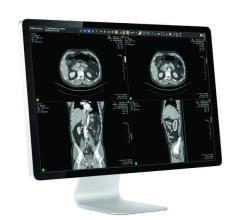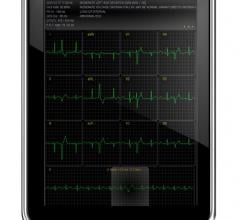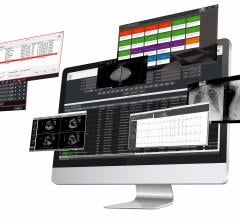
July 27, 2012 — With a great deal of practical, clinical feedback from a broad demographic of facilities with differing processes and needs, ScImage has comprehensively improved the workflow and the consequent efficiency of its PicomSRI structured reporting platform.
While ScImage has been delivering structured reporting since 2003, continuing research and development efforts led to a study of reporting processes in real world clinical care at existing customer sites. This research has culminated in the latest release of PicomSRI within the company’s PicomEnterprise software system.
ScImage received invaluable input from existing customers, including Cedars-Sinai Heart Institute, Los Angeles; St. Luke’s Hospital, Chesterfield, Mo.; BJC Healthcare, St. Louis; Samaritan Regional Medical Center, Corvallis, Ore.; Heartland Health System, St. Joseph, Mo.; Tucson Medical Center, Tucson, Ariz.; Ohio Valley General Hospital, McKees Rocks, Pa.; Lake Regional Health System, Osage Beach, Mo.; and Huntsville Hospital Health System, Huntsville, Ala.
The PicomEnterprise platform auto-captures clinical data points into an outcomes database, which is dynamically linked to PicomSRI, providing a reporting foundation. PicomSRI reporting scripts have been designed for echocardiography, nuclear medicine, stress electrocardiography (ECG) with echo, stress ECG with gated single photon emission computed tomography (SPECT), Holter, catherization, OB/GYN and a diverse collection of radiology procedures.
As an example of gains in workflow efficiency, the PicomSRI reporting engine automatically inserts evidence-based clinical statements into the report, based on measurement data captured from an echocardiograph. These pre-defined statement definitions are in accordance with current American Society of Echocardiography (ASE) reporting guidelines, while the structured reporting supports ICAEL accreditation requirements.
For more information: www.scimage.com


 March 06, 2024
March 06, 2024 



